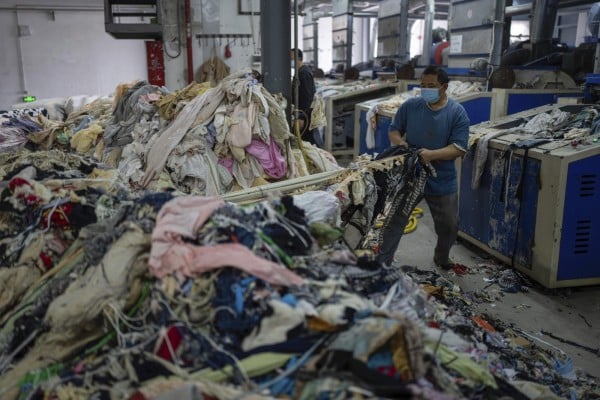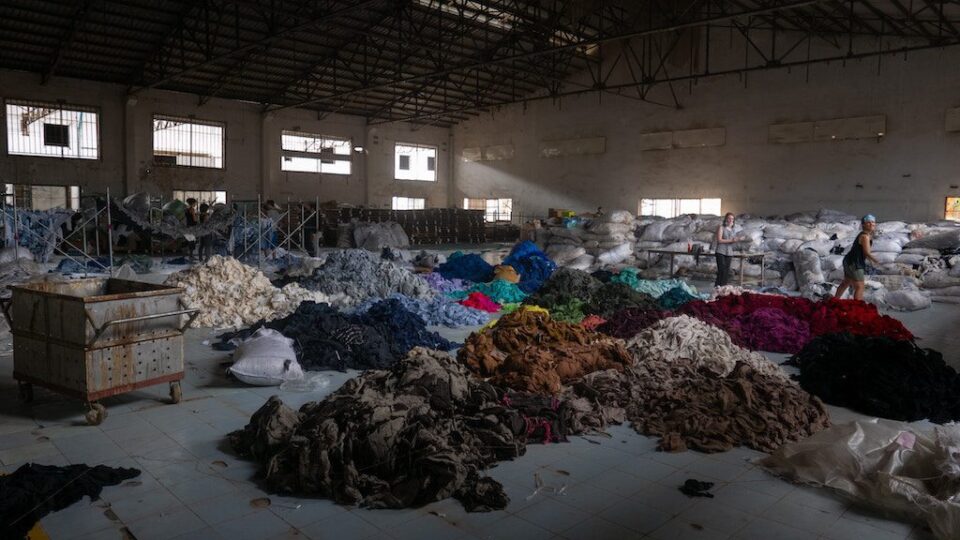Recent findings have highlighted the urgent need to address the significant issue of plastic pollution within the fashion sector, revealing the detrimental impact of synthetic clothing on the environment.
A Startling Contribution to Global Pollution
In 2019, the global apparel industry was responsible for an astonishing 8.3 million tons of plastic pollution, representing 14% of the total plastic waste generated across all sectors. This staggering statistic draws attention to the apparel industry as a major, yet often overlooked, contributor to plastic pollution. The majority of this pollution is attributed to synthetic clothing, which alone accounts for approximately 7.4 million metric tons of plastic waste annually. This pollution primarily arises from macroplastic waste generated at the end of synthetic garments’ life cycles, while microplastic shedding during washing and wear adds another 1.5% to the total.
The Global Impact of Synthetic Apparel Waste
Much of the synthetic clothing contributing to plastic pollution is exported from affluent countries to regions with insufficient waste management systems. This shift of environmental responsibility often exacerbates the pollution crisis in these secondary markets, highlighting the need for a fundamental change in how the apparel industry operates. A transition towards a circular economy, where materials are reused and recycled, is essential for mitigating the environmental impact of plastic pollution associated with fashion.

Understanding the Unseen Environmental Impact
In his capacity as vice president and chief sustainability officer at Cotton Incorporated, Jesse Daystar emphasizes the urgent necessity of confronting plastic pollution. While single-use plastics like bags and bottles have garnered public awareness for their harmful effects, the hidden contribution of clothing to plastic waste has been largely neglected. As the global apparel industry continues to expand, so does the volume of plastic waste it generates, which largely remains unnoticed by consumers.
Research Initiatives and Findings
Recently, Cotton Incorporated and leading researchers published a groundbreaking study in Nature Communications that underscores the apparel industry’s role in plastic pollution. The study outlines the need for enhanced collaboration across the supply chain to adopt sustainable practices. The research indicates that the majority of synthetic clothing waste manifests as macroplastic pollution when these garments are discarded, compounding the already significant issue of microplastic shedding during laundering.
The complexities of plastic pollution within the apparel industry extend beyond just end-of-life waste; they encompass packaging materials and fiber emissions throughout the production and usage stages. The alarming figure of 8.3 million tons of plastic pollution from the apparel sector equates to approximately 820 times the weight of the Eiffel Tower, underscoring the urgency of addressing this pervasive problem.
The Microplastic Menace
Microplastics, defined as plastics smaller than 5 millimeters, pose a particularly insidious threat. They are prevalent in our water systems, food, and even within the human body. Recent studies have detected microplastics in human blood and reproductive organs, emphasizing the need for awareness of this invisible danger. Additionally, microfiber emissions resulting from the wearing and drying of synthetic textiles contribute significantly to primary microplastic pollution, a problem that warrants urgent attention.
The Fast Fashion Dilemma
The rapid rise of fast fashion exacerbates the plastic pollution crisis. Increased consumer demand has led to a doubling of clothing production over the past 15 years, which in turn has resulted in substantial plastic leakage. This leakage manifests in littering, illegal dumping, and poorly managed landfills, all of which contribute to ongoing environmental degradation. Addressing these issues requires a concerted effort from both the industry and consumers to promote sustainable practices and reduce plastic waste.

